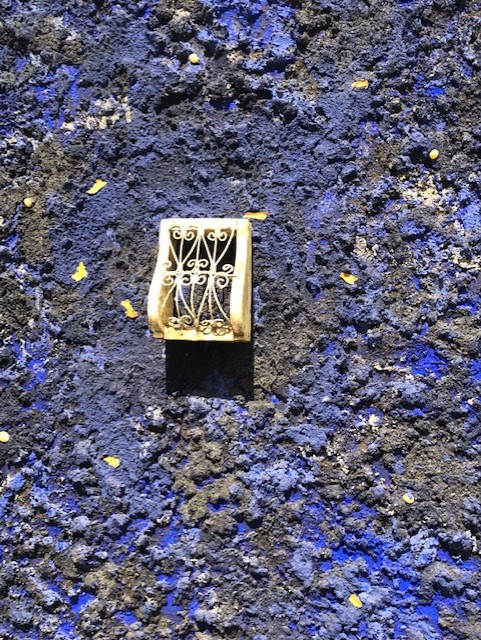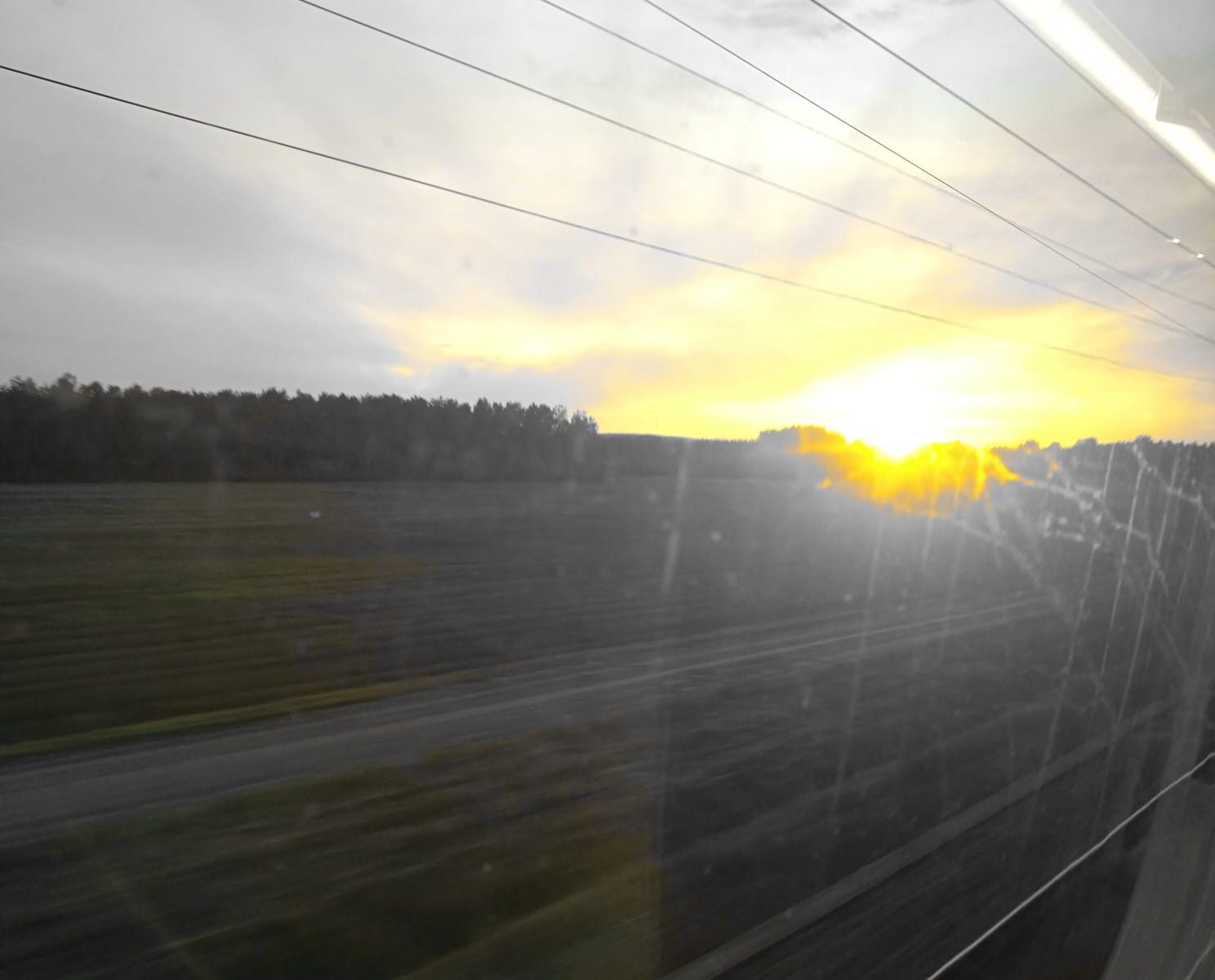Collaborative teaching for relational rigor
Co-teaching or collaborative teaching or teaching with colleagues is a common practice in Finnish teacher education (e.g., Kokko et al, 2021; Kähkönen & Airo, 2019; Pesonen et al., 2020). The practice can take different forms (e.g., teaching and observing, teaching and assisting, parallel teaching, alternative teaching etc.). In all cases, co-teaching involves the combination of teachers’ abilities and skills in course planning, implementation and evaluation and learning together. There are different benefits listed in the relevant literature, including work in heterogeneous classes and setting up reciprocal environments (e.g., Kokko et al., 2021). Importantly, as Kähkönen & Airo (2019) argue, co-teaching contributes to the transformation of university teaching with the possibility for experimentation and community building that it offers.
In our article, where we discussed metaphors of mentoring for education without walls, we argued for the need to decolonize engagement with learning (Stein et al., 2022) through narratives of relational rigor. Relational rigor requires seeing education otherwise and this means opening up spaces of hope. We see spaces of hope as being tied with the process of collaboration and the need for a critical understanding of reality, given that we aim for sustainable systems and sustainable futures. In their study of collaborative teaching in school environments, Pesonen et al. (2020) found that the practice is linked with the sense of belonging of those involved in the co-teaching situation. The sense of belonging, therefore, depends on with the ways relations are built with colleagues, the leadership and the wider school and societal context.
Continue reading “Teaching together in action: the case of creative situated writing”





